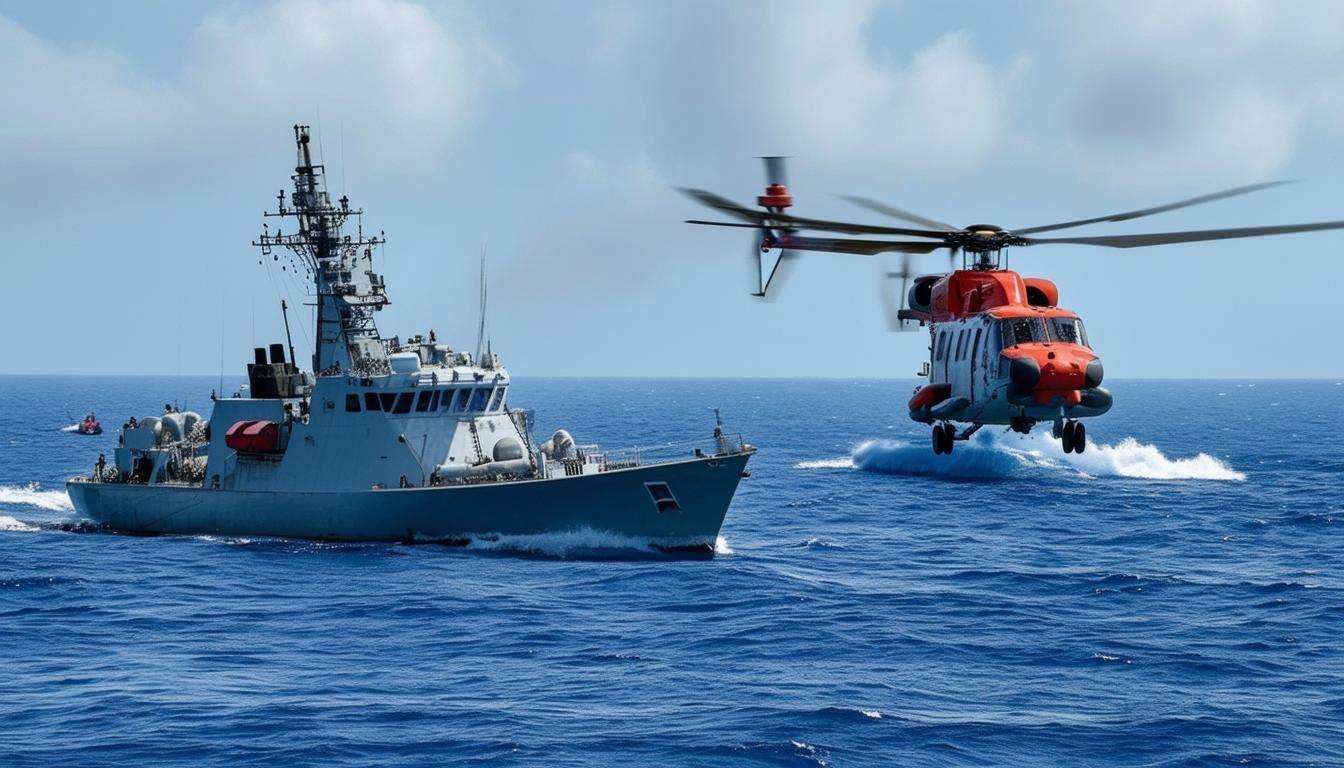On September 27, 2024, two Chinese missile vessels pursued Philippine civilian boats near the First Thomas Shoal in the South China Sea.
This marks a significant escalation in China's aggressive maritime tactics. The Philippine vessels involved, the BRP Datu Romapenet and BRP Datu Matanam Taradapit, were on a humanitarian mission to deliver supplies to local fishermen. The following day, a Chinese helicopter further escalated tensions by closely following the BRP Datu Romapenet during its resupply efforts near Bombay Shoal, highlighting the increasing hostility in the region.
These incidents are part of a broader trend of coercive actions by China against Philippine vessels. In late August, approximately forty Chinese ships from the People's Liberation Army Navy (PLAN), the China Coast Guard (CCG), and the China Maritime Militia (CMM) blocked a Philippine ship attempting to deliver humanitarian supplies at Sabina Shoal. This blockade culminated in a CCG vessel ramming the Philippine ship, which resulted in damage and failure to deliver aid, marking the first known instance of PLAN’s involvement in direct aggression towards Philippine government vessels.
The escalating maritime tensions are largely attributed to China's expansive territorial claims in the South China Sea, demarcated by its self-declared "10-dash line." This area encompasses significant fishing grounds and potential oil reserves, making control over these waters crucial for China. The PLAN's transformation from a "green water" coastal force to a "blue water" navy capable of operating beyond regional boundaries further amplifies concerns among neighboring states.
China employs a multi-faceted approach to assert its dominance in the region, utilizing various forces including the "Spratly Backbone Fleet," CMM, CCG, and PLAN. These entities engage in “gray zone” tactics that blur the lines between civilian and military operations, facilitating China's ambitions while avoiding direct military confrontation. For instance, large fishing vessels are often employed to enforce China's claims, acting as a de facto maritime militia.

In response to these provocations, the United States and its allies must adopt a coordinated strategy to counter China's aggression. Key measures include conducting regular joint patrols with Philippine vessels to demonstrate a united front, assisting in resupply missions to vulnerable areas previously targeted by China, and enhancing maritime domain awareness through transparency initiatives. This includes employing journalists to document and publicize Chinese aggression, thus increasing international scrutiny and accountability.
Furthermore, informing PRC authorities about U.S. and allied maritime activities can serve as a deterrence mechanism while signaling a commitment to upholding the rules-based international order. Collective action and strategic consultations among the U.S., the Philippines, Japan, and Australia will also reinforce regional stability and demonstrate to China that its assertiveness will not be tolerated.
The ongoing maritime tensions in the South China Sea represent a critical juncture for regional security and stability. The United States, alongside its allies, must navigate this complex geopolitical landscape with strategic foresight and a commitment to preserving the rights and sovereignty of nations like the Philippines in the face of growing coercive tactics from China.






